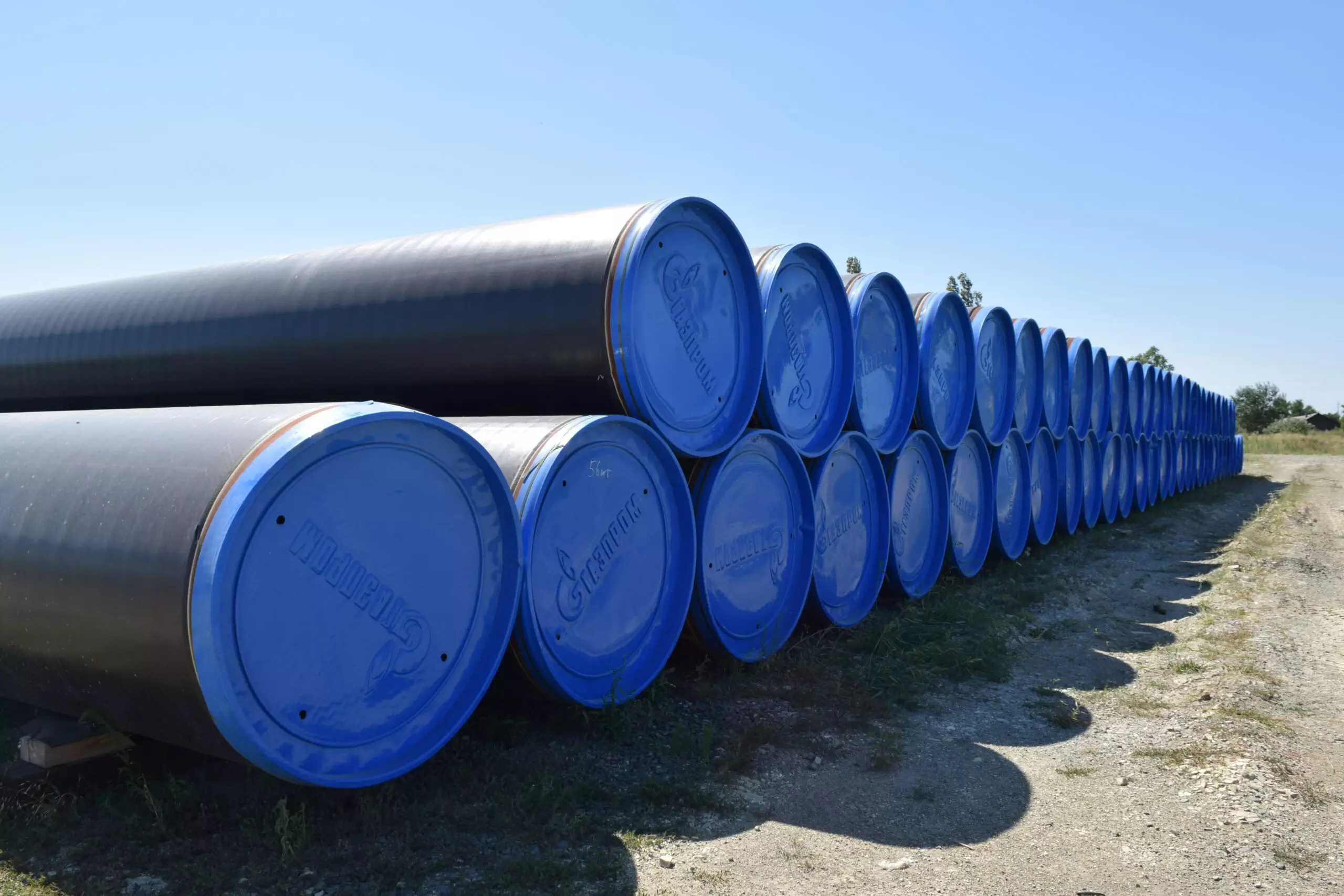Buildings are complex structures that require a lot of maintenance and upkeep to keep them running smoothly. One crucial aspect of building management is cleanliness, which can have a significant impact on the health and well-being of occupants as well as the overall productivity of the space. In this post, we’ll explore how effective communication between building managers and cleaning companies can boost productivity and improve the quality of life for everyone involved.
Introduction to Building Management and Cleaning Collaboration
Building management teams are responsible for overseeing all aspects of a building’s operations, including cleaning services. When it comes to hiring cleaning companies, there are several factors to consider, such as cost, experience, and reputation. Once a company has been selected, it’s essential to establish clear lines of communication to ensure that both parties are on the same page regarding expectations, schedules, and procedures.
The Importance of Effective Communication in Boosting Productivity
Effective communication plays a critical role in ensuring that buildings remain clean and well-maintained. Without proper collaboration between building managers and cleaning companies, tasks may be missed or completed incorrectly, leading to lower productivity and increased costs. By working together, both parties can identify areas where improvements can be made, streamline processes, and reduce waste.
Best Practices for Building Management Teams in Working with Cleaning Companies
To foster effective communication between building managers and cleaning companies, here are some best practices to follow:
1. Establish Clear Goals and Expectations – Both parties should agree on specific goals and expectations for cleaning services, including frequency, scope, and standards. This will help prevent misunderstandings and ensure that everyone is working towards the same objectives.
2. Create an Open Dialogue – Regular meetings and open channels of communication allow both parties to discuss any issues or concerns they may have. This helps build trust and promotes transparency.
3. Provide Adequate Resources – Building managers must provide cleaning companies with the necessary resources to do their job effectively. This includes providing equipment, supplies, and training when needed.

4. Foster Continuous Improvement – Both parties should work together to continuously improve cleaning services by identifying areas for improvement and implementing new strategies and technologies.
Case Study: A Successful Example of Building Management and Cleaning Company Collaboration
One example of successful collaboration between building management and cleaning companies is at the Empire State Building in New York City. After undergoing a massive renovation project, the building’s management team worked closely with its cleaning contractor to develop innovative solutions for maintaining the building’s pristine condition. Together, they implemented sustainable cleaning methods, established standard operating procedures, and provided regular training opportunities for staff. As a result, the Empire State Building was awarded LEED Gold certification for its environmental efforts while also reducing energy consumption and improving indoor air quality.
Conclusion
In conclusion, effective communication between building managers and cleaning companies is essential for boosting productivity and ensuring high-quality cleaning services. By following best practices like setting clear goals, creating an open dialogue, providing adequate resources, and fostering continuous improvement, both parties can work together to create a cleaner, safer, and more efficient environment for everyone involved.

